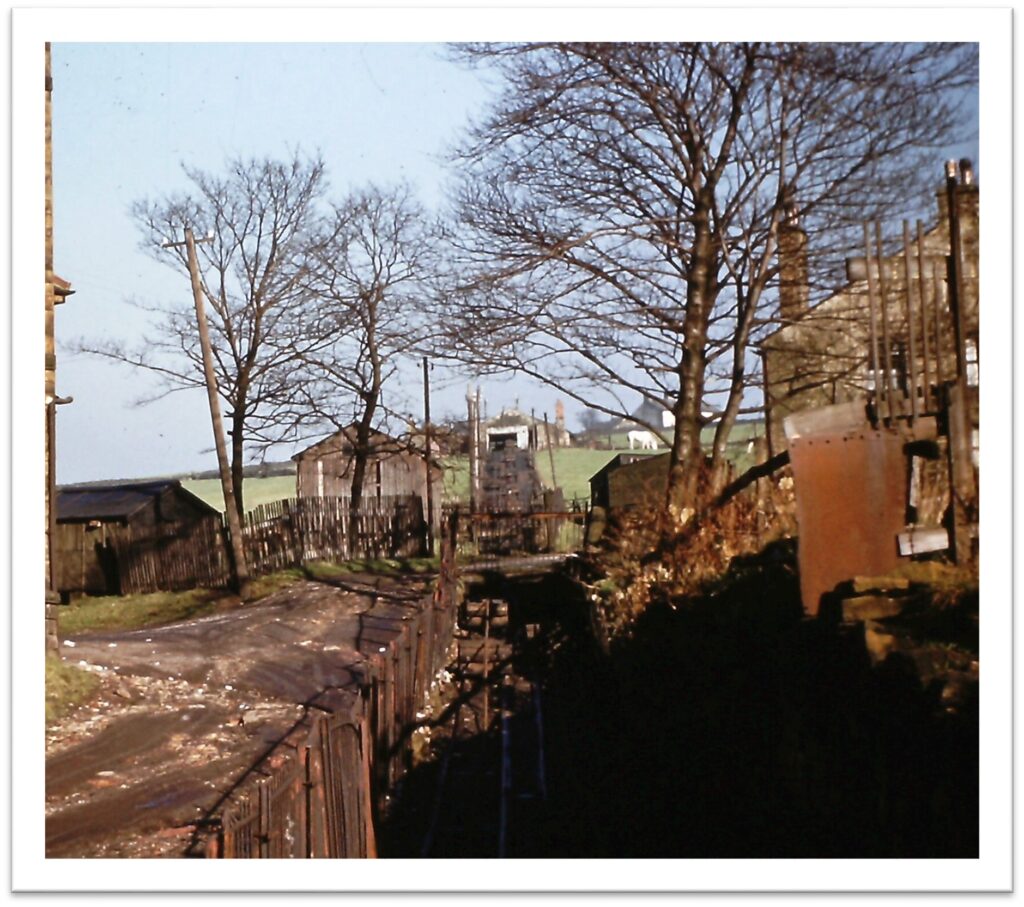1788 The first St John’s Church built in Bacup, said to contain the old church bell dated 1787 inscribed: Exaudiunt Clangorum Beatus est Populous Qui. The steeple was erected by public subscription in 1798. A clock was also subscribed by the public 1833.
1789 Todmorden to Haslingden turnpike trust road built.
1798 Water powered scribbling mill on Mill Moor, Cowpe said to be the first woollen mill in Rossendale.
1799 Bacup’s first largest cotton mill was erected on Church Street, today’s Burnley Road the site of this mill was where the now derelict bingo hall / former Regal Cinema now stands. It is thought this mill had possibly the first steam engine in Bacup possibly Rossendale. The mill was doubled in size in 1836 when the lease was taken over by James Aitken, who went on to build Underbank Mill.
1800 Bank House mentioned at this date occupied by Edmund Whitaker who owned the above Church Street mill.
1807 Mount Pleasant Wesleyan Chapel built. Demolished 1977.
1810 At least 8 coal pits in Bacup. The first miners were farmers who got the coal from the various outcrops situated on the valley hills. Over the years mines were opened and closed due to lack of money. Some of the longest established mines were Gambleside, Stacksteads, Old Meadows which was also known as Scarr End, and Grimebridge.

1812 Ebenezer Baptist Chapel built.
1813 Formation of the Bacup Benefit Building Society, by three gentlemen who reached an agreement on the 8th May, the purpose of the society was to raise funds by means of subscription to purchase land on which to lay out streets and build houses and cottages these would become known as the “Club Houses”.
These three gentlemen were: James Whitaker of Broadclough Hall the owner of the land Joshua Lord Woollen Manufacturer, of Meadows. Richard Hargreaves Reed Maker of Bull Holme, the founder of the concern known as Tong Bridge, Reed and Heald Works. At this time there were two or three woollen mills in existence, the main occupation being hand loom weaving, cotton weaving was just emerging. The spiritual needs of the population were attended to by the Rev William Porter of St John’s, and the Rev John Hirst Ebenezer Old School House with the Rev John Leppington, looking after those attending Mount Pleasant. None of these churches were licensed for marriages at this time 1813; anyone wishing to marry had to go to Newchurch or Rochdale, with Roman Catholics having to go to Townley or Burnley.
The society consisted of 67 people from all walks of life, these included gentlemen, mill owners, glaziers, grocers, butchers, inn keepers, cloggers and shoemakers, widows and spinsters 13 of the men could not write their name but signed by making a cross as did 2 of the women.